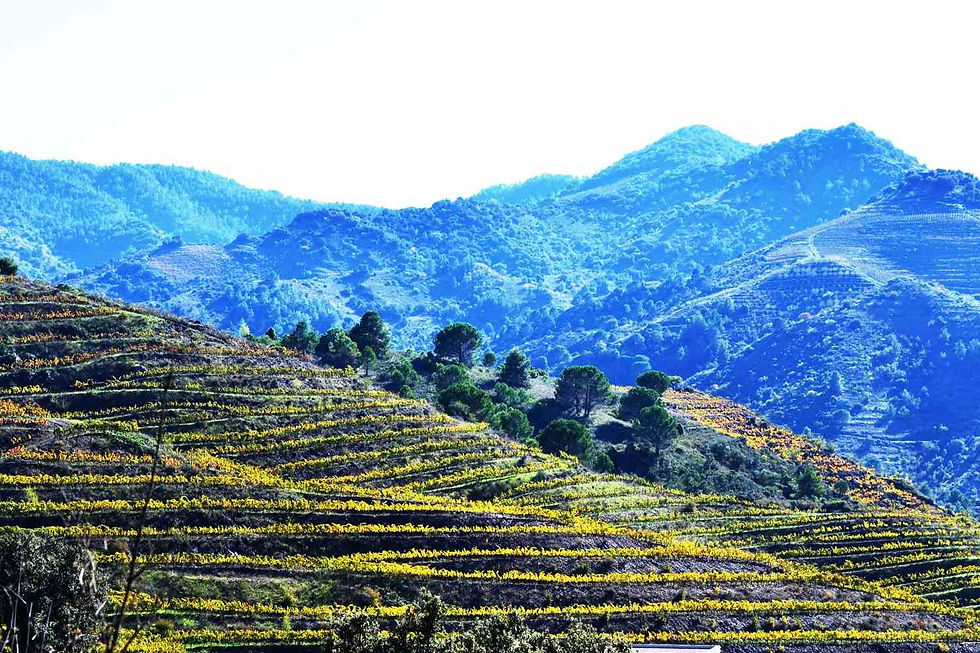An Introduction to Blaufrankisch
- Wine Hobbyist
- Sep 6
- 2 min read
Blaufränkisch (pronounced "blahw-frank-ish") is a red wine grape variety with deep roots in Central Europe, especially Austria and Hungary. This grape is known for producing versatile red wines, with an incredible profile on the palate, and although this grape may be new to you, Blaufränkisch has been gaining international recognition ,and I, for one, am not mad at that!

What is Blaufränkisch?
Blaufränkisch is a dark-skinned grape that produces wines with a deep ruby to purple colour. It is a late-ripening variety that is loved for its balance of fruit, spice, and structure. You can expect Blaufränkisch wines to come with vibrant acidity and moderately high tannins, making them both food-friendly and capable of aging.
As far as aromatics and flavour profile go, Blaufränkisch will give you dark berries like black cherry and blackberry, together with spicy notes of black pepper, cloves, and dried herbs such as thyme or rosemary. Depending on the terroir and winemaking methods, mineral and earthy undertones also shine through, giving Blaufränkisch its unique complexity and sense of place.
Where is Blaufränkisch Grown?
Blaufränkisch is most famously cultivated in Austria’s Burgenland and Mittelburgenland regions, where it is planted on approximately 2,550 to 3,300 hectares of vineyard land, making it the second most important red grape variety after Zweigelt.
In Hungary, it is known as Kékfrankos and is grown in notable regions like Eger and Sopron. It also grows in parts of Germany where it’s called Lemberger.
History and Significance
Blaufränkisch is believed to have originated in Lower Styria (now part of Slovenia), with historical references dating back to the 18th century in Austria. Its name means "blue Frankish," linking it to the Frankish Empire and describing the bluish-black hue of the grapes. The grape has been a vital part of Central European viticulture for centuries and has recently been rediscovered and embraced by modern winemakers for its terroir-expressive qualities and aging ability.
Styles and Aging Potential
Blaufränkisch wines vary widely in style. They can be crafted as fresh and fruity with early drinking appeal or as fuller-bodied, complex wines suited to aging for 5-10 years or more. When aged, the wines develop secondary notes of dried fruit, leather, tobacco, and earthiness while gaining a velvety texture and moderated acidity.
If you've not had a chance to try wines made from the Blaufränkisch grape, I encourage you to seek it out. Its flavour profile puts it on a list of wines that are extremely food-friendly and complex. This Central European blue/black grape is worth exploring in my books!



Comments